Episode 285: Five levels of distraction you can see in a horse.
May 1, 2024/

In this podcast, Stacy shares five levels of distraction that she see in horses.
This is important to think about, because if you can recognize it in layers, or levels of distraction, then you have a chance to see the progression.
People use the term ‘distracted’ to describe a wide range of behaviors, so I want to show you this in layers.
Level 1: Checked Out
Level 2: Panic, But With Recovery
Level 3: Just Above the Safety Line
Level 4: Second Story Window
Level 5: Roof Top
Listen and identify which level you are at, and learn more about the common challenges with each level
SUBSCRIBE TO THE PODCAST HERE:
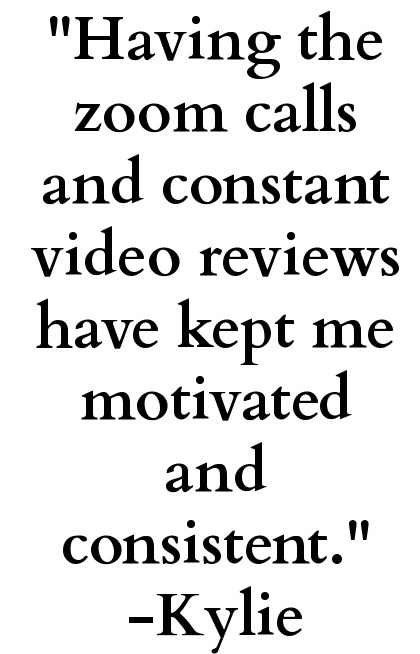
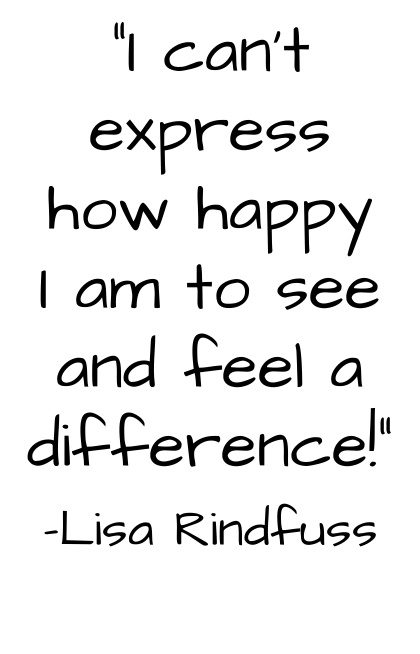
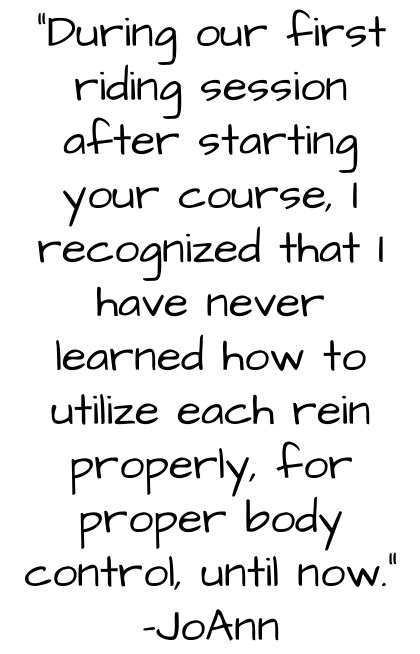
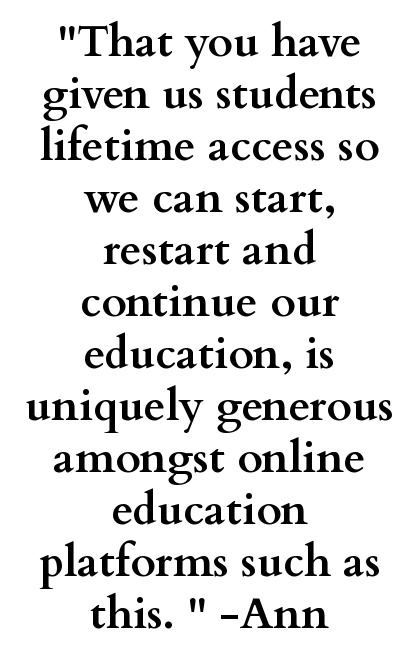
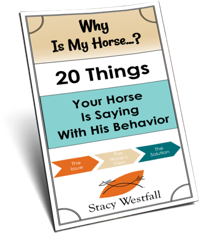
YOURS FREE
WHY IS MY HORSE...?

